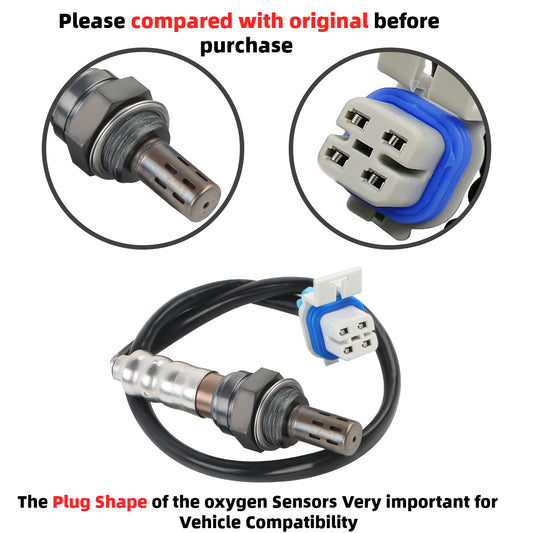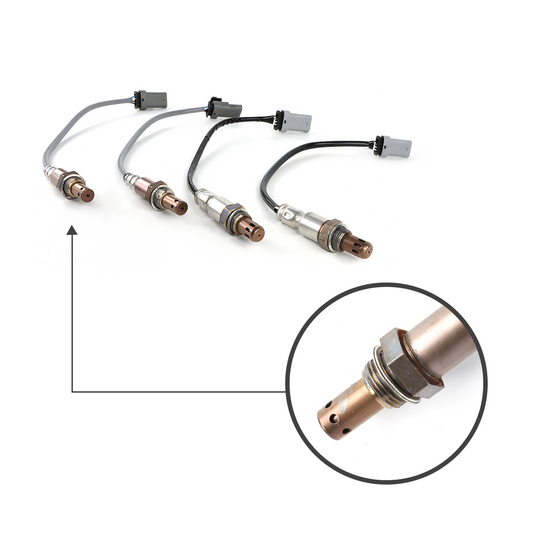How Does a Radiator Work? Exploring the Principles of Automotive Cooling Systems
Introduction:
Understanding the functioning of a radiator is crucial in comprehending the mechanics behind an automotive cooling system. In this blog post, we will delve deep into the working principles of a radiator and its vital role in maintaining engine temperature. By exploring the intricacies of heat transfer, airflow, and coolant circulation, you will gain valuable insights into how a radiator efficiently cools your vehicle's engine. Let's embark on a journey to uncover the inner workings of a radiator.
Heat Transfer: The Heart of Radiator Operation
- Heat Generation: The internal combustion process within the engine produces significant amounts of heat during operation.
- Coolant Flow: A mixture of water and antifreeze (coolant) circulates through the engine, absorbing heat from various components.
- Entering the Radiator: Hot coolant enters the radiator through an inlet and flows through a network of small tubes or channels.
Heat Dissipation Mechanisms:
- Metal Fins: Surrounding the tubes, metal fins increase the surface area available for efficient heat dissipation.
- Conduction: Hot coolant transfers heat to the walls of the tubes through conduction.
- Convection: As air passes over the metal fins, it absorbs heat via convection, aided by the increased surface area provided by the fins.
- Radiation: Some of the heat is radiated away from the radiator as electromagnetic waves.
Airflow and Radiator Efficiency:
- Natural Airflow: When the vehicle is in motion, air naturally flows through the radiator, facilitating heat dissipation.
- Electric Fans: During low-speed or stationary conditions, electric fans activate to ensure sufficient airflow.
- Positioning and Design: Radiators are strategically located at the front of vehicles to optimize exposure to incoming airflow.
Regulating Engine Temperature:
- Thermostat: A thermostat within the cooling system regulates coolant flow to the radiator, ensuring optimal engine temperature.
- Cooling System Components: The radiator works in conjunction with water pumps, hoses, and a coolant reservoir to maintain the overall efficiency of the cooling system.
Conclusion:
Understanding how a radiator works is essential for maintaining optimal engine temperature and preventing overheating. By comprehending the principles of heat transfer, airflow, and coolant circulation, you can appreciate the crucial role played by a radiator in your vehicle's cooling system. Regular maintenance and proper functioning of the radiator are vital for the longevity and reliability of your engine. Trust Daysyore Auto Parts Store for high-quality radiators and expert guidance, enabling your engine to stay cool under all conditions.

















